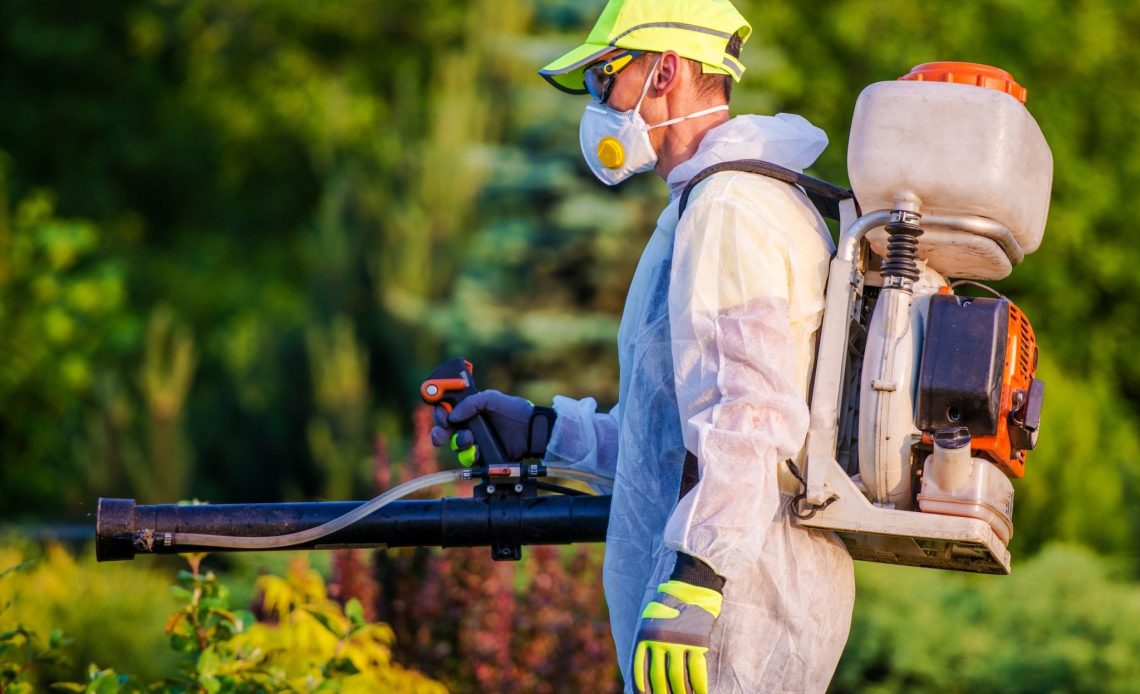The town of Berthoud, unlike much of the lower elevations surrounding it at 5,030 feet, is a blend of working ranches and hobby farms, the ideal within the ideal for pest issues inside barns and outbuildings. These buildings, commonly filled with hay, livestock feed, and equipment, attract rodents, insects, and other wildlife seeking to escape Colorado’s extreme temperature variations. Your barn becomes a Hilton Head for undesirable guests with the cracks in aging wood siding, the heat emanating from animal pens, and the never-ending buffet line.
If left unchecked, these pests damage property, contaminate feed, infect livestock with diseases, and cause structural problems that are expensive to correct. If you have noticed any droppings, chewed wiring, or unexplained damage at your outbuildings, contact Saela Pest Control.
Why Barns and Outbuildings Attract Pests?
Not only a storage space for farmers, but barns are survival stations for pests. Those elements are what draw many critters to these structures in search of a new home.
Key attractants include:
- Food sources: Livestock feed, spilled grain, hay bales, and even pet food stored in outbuildings offer free meals to rodents and insects
- Shelter and warmth: The insulated walls and roofs give protection from the cold winters and the hot summers of Berthoud
- Water availability: Gaps in the pipes, watering holes, and dew provide refreshment points for thirsty pests
- Entry Points: Gaps beneath doors, cracks around foundations, and holes in any siding make it easy for mice, rats, and other insects to get in
Seasonal Pest Pressures in Berthoud
- Spring Awakening (March – May)
As Berthoud thaws from winter, pests wake back up. After burning up their winter supplies, rodents wake from their rest searching for food. Spiders and ants begin to colonize the areas near the barn’s corners and the equipment stored there. You will notice mice around feed storage, and the start of wasps looking for nesting sites in rafters during this time.
- Summer Surge (June – August)
Flying insects are most active in Berthoud, where the average July temperature is 88°F. Flies buzz around the livestock area, and mosquitoes breed in any standing water close to outbuildings. Barn eaves are where wasps and hornets construct these large nests. Rodents reproduce 6–10 times per year, so a few mice can quickly escalate into a significant infestation problem.
- Fall Invasion (September – November)
It was ground zero season for Berthoud barn owners. As the weather gets colder, pests seek warm shelter for the winter. Rodent populations come indoors in droves, squeezing through holes as small as a dime. Stinkbugs, box elder bugs, and cluster flies congregate on south-facing barn walls before crawling through cracks.
- Winter Survival (December – February)
While pest activity begins to slow, rodents are still active in heated or semi-heated barns. They are known to nest in insulation, hay bales, and stored equipment. According to Colorado State University Extension, rural Larimer County landscapes, such as those found in Berthoud, experience continuous problems with rodents during the winter months because they are exposed to 150+ days with temperatures below 32°F.
Always Seek Professional Pest Control Help!
While DIY pest control may seem more economical, it poses its own set of problems and requires specialized skills. Because you have livestock, stored feed, and complex structures, you cannot simply deploy standard treatments and hope for the best.
Saela Pest Control has established a firm rapport with Berthoud’s agrarian hub by focusing on treatments for barns and outbuildings. They know precisely which pest pressures are affecting Northern Colorado properties and use treatment techniques that are friendly to animals and feed storage. They are aware of all the hiding locations of pests in pole barns, how to seal points of entry in metal outbuildings, and which products will not get into your hay supply.

